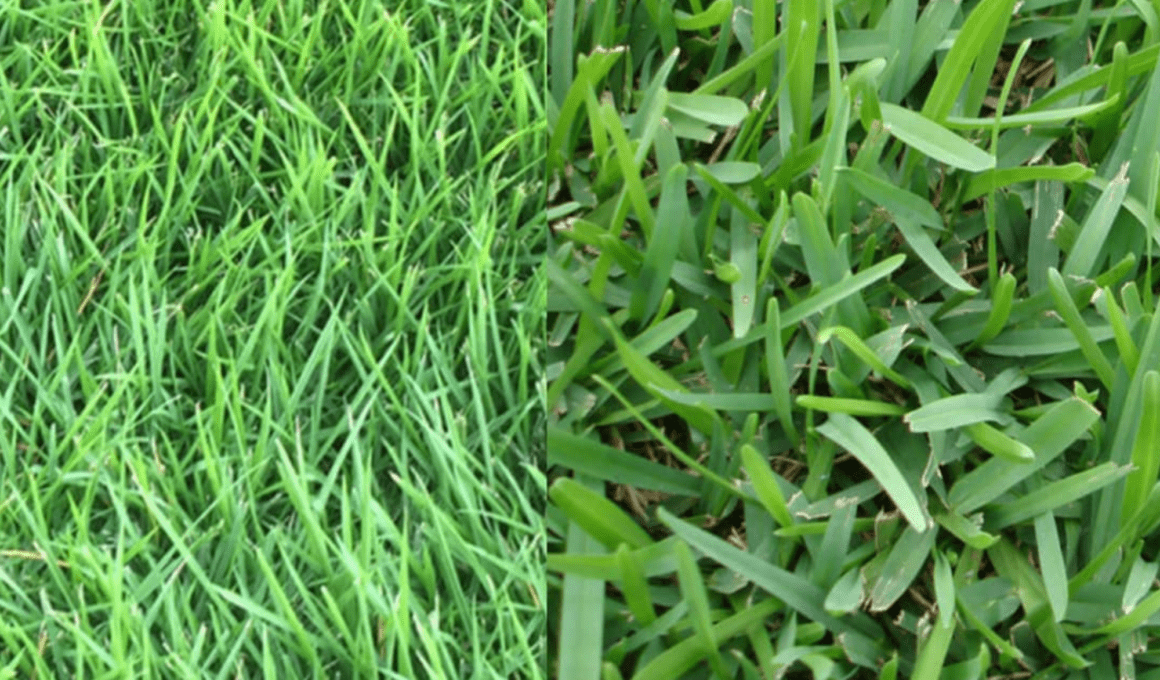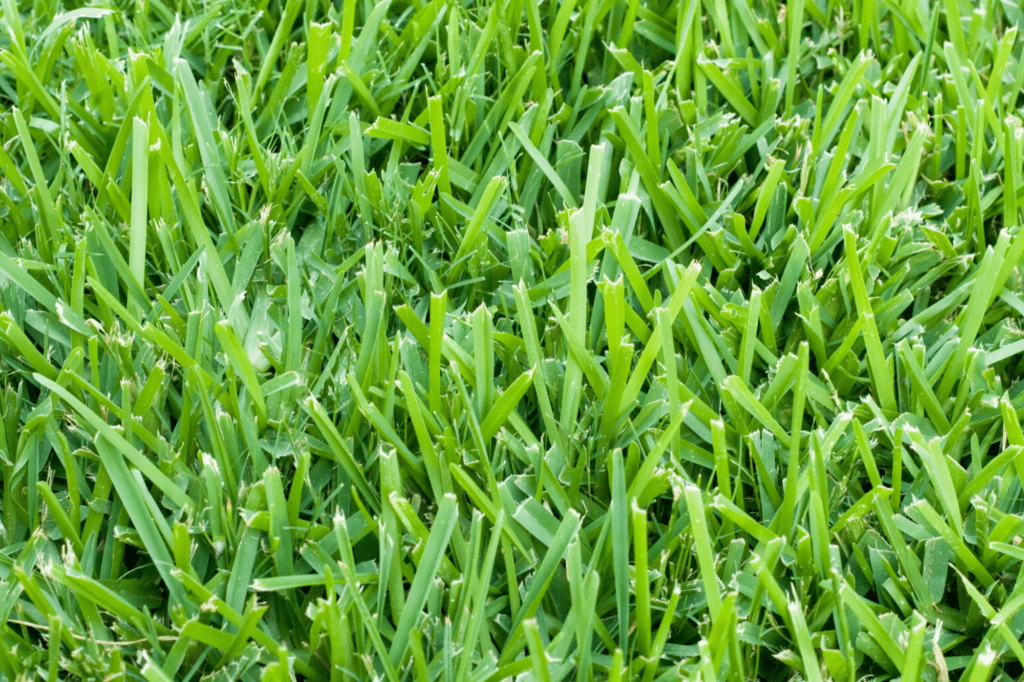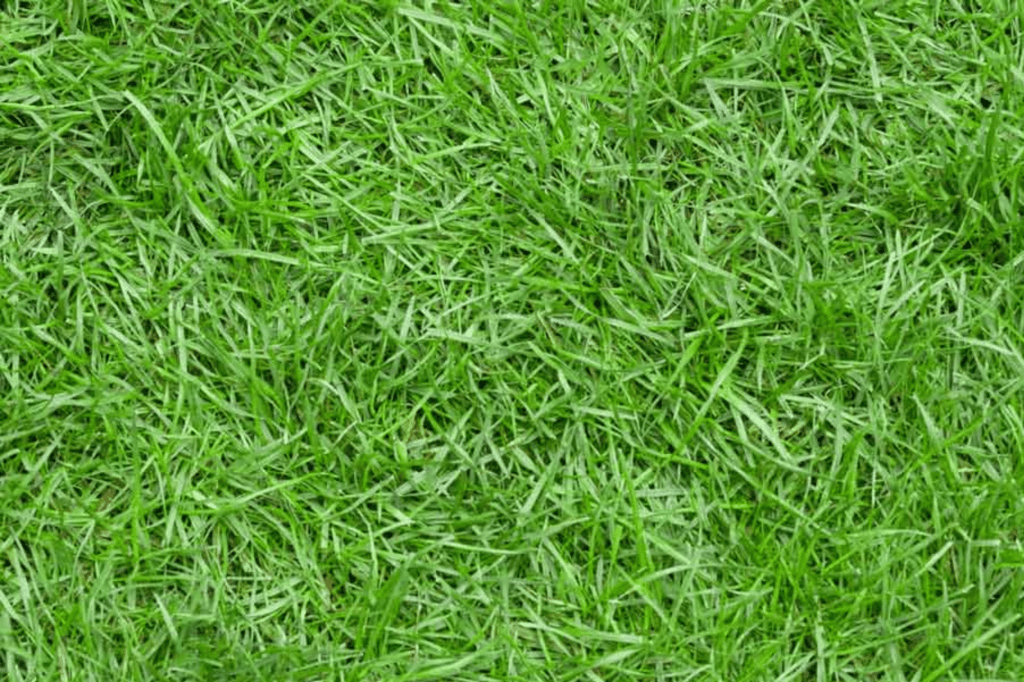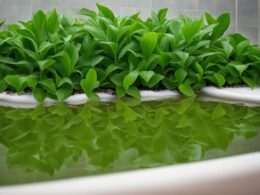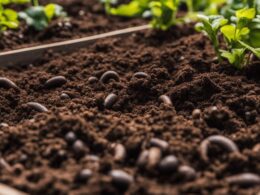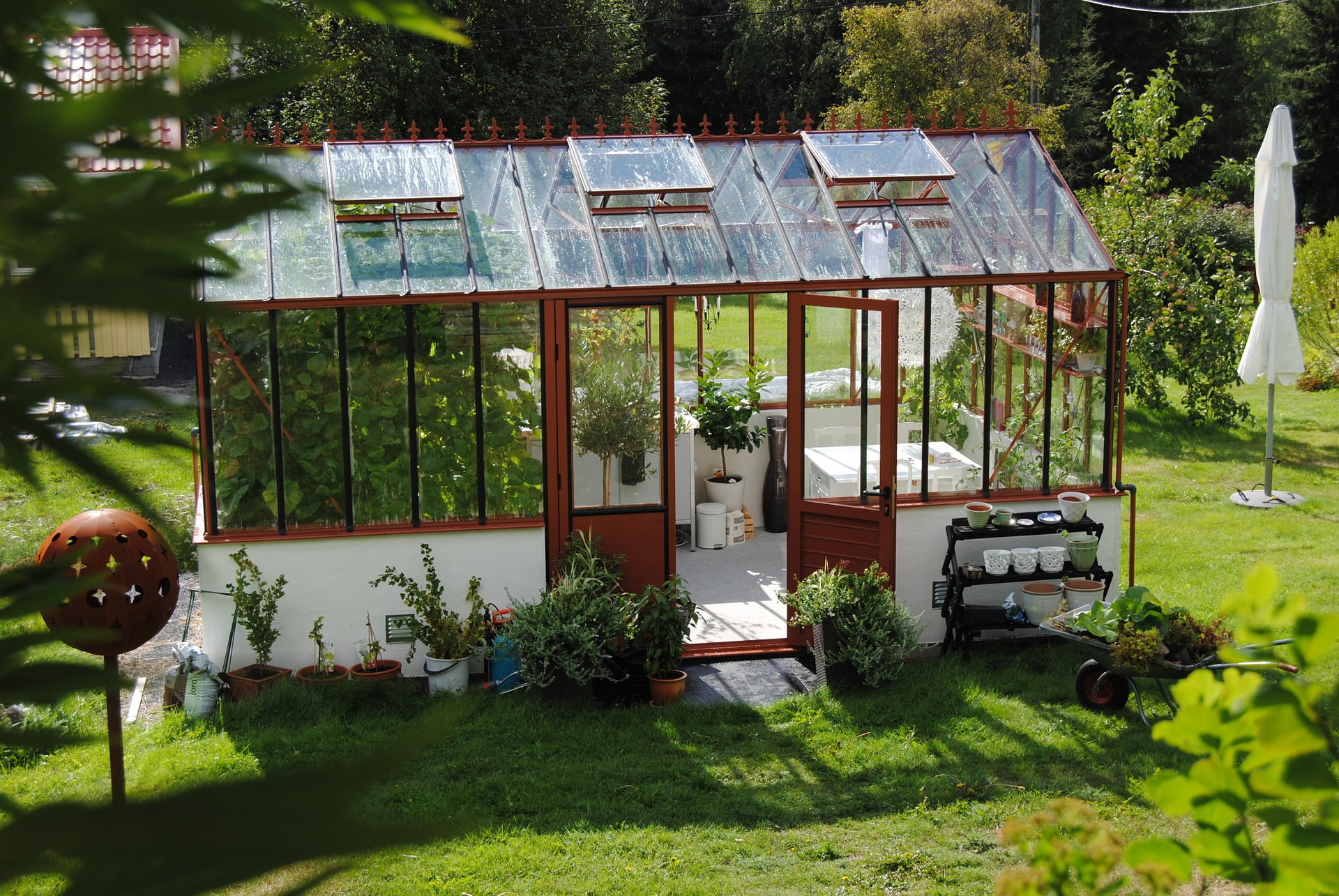Choosing the right grass for your lawn can be a challenging task. With so many options available, it’s essential to research and compare different grass types to find the perfect match for your needs. In this article, we will compare two popular grass types, St Augustine and Zoysia, to help you make an informed decision about which is the best fit for your lawn.
St Augustine and Zoysia are both warm-season grasses that are well-suited to the southern regions of the United States. They have different growth habits, maintenance requirements, and environmental tolerances, making them ideal for specific lawn conditions and preferences. By exploring the unique characteristics of each grass type, we hope to help you determine which one will thrive in your yard.
Understanding St Augustine Grass
If you’re considering St Augustine grass for your lawn, it’s essential to understand its characteristics and maintenance requirements. St Augustine grass is a warm-season grass that is native to the Gulf of Mexico and the Caribbean. It’s a popular choice for lawns in the southern United States due to its thick, lush growth and tolerance to heat and humidity.
One of the benefits of St Augustine grass is its ability to tolerate shade. It can grow in areas with as little as four hours of sunlight per day, making it an excellent option for lawns with trees or buildings that create shade. However, St Augustine grass requires adequate water and nutrients to grow well in shady areas, so be sure to fertilize and water appropriately.
| Pros | Cons |
|---|---|
| Thick, lush growth | Prone to thatch buildup |
| Tolerates shade | Requires frequent mowing |
| Drought tolerant | Susceptible to chinch bugs and sod webworms |
| Resistant to some diseases | Requires frequent watering |
St Augustine grass is drought tolerant and can survive periods of low water availability. However, it requires consistent watering to maintain its green color and prevent stress. Overwatering can lead to fungal diseases, so be sure to water only when the grass needs it.
Like most warm-season grasses, St Augustine requires regular mowing to maintain its thick growth and prevent thatch buildup. A height of 2.5 to 4 inches is ideal for St Augustine grass, depending on the specific cultivar being grown.
Overall, St Augustine grass is an excellent choice for lawns in the southern United States. Its thick, lush growth and shade tolerance make it a popular choice, but it requires frequent watering, mowing, and fertilization to maintain its health and appearance.
Exploring Zoysia Grass
Zoysia grass is a warm-season grass that is known for its dense growth and fine texture. It is a popular choice for lawns, golf courses, and parks due to its aesthetic appeal and low maintenance requirements. Zoysia grass is native to Asia, but it has become a popular choice for lawns in the United States due to its adaptability to a wide range of climates.
Zoysia grass is highly drought-resistant and can tolerate both extreme heat and cold. It is also known for its ability to thrive in acidic soils, making it an ideal choice for areas with poor soil quality. However, Zoysia grass requires good drainage and cannot tolerate waterlogging, so it is not suitable for areas with heavy rainfall or poor drainage.
Compared to St Augustine grass, Zoysia grass has a slower growth rate, which means that it requires less mowing and maintenance. Zoysia grass is also more tolerant of foot traffic and can recover quickly from damage. However, Zoysia grass is less shade-tolerant than St Augustine grass and requires at least 6 hours of direct sunlight each day.
Pros and Cons of St Augustine and Zoysia Grass
Choosing the right grass for your lawn can be a daunting task, especially when it comes to the comparison of St Augustine and Zoysia grass. Both grass types have their pros and cons, and it’s important to weigh them carefully before making a decision.
| Factor | St Augustine Grass | Zoysia Grass |
|---|---|---|
| Durability | St Augustine grass is more susceptible to damage from heavy foot traffic and extreme weather conditions. | Zoysia grass is known for its durability and can withstand heavy foot traffic and harsh weather conditions better than St Augustine grass. |
| Appearance | St Augustine grass has a lush, green appearance, but can also be coarse and less uniform in texture. | Zoysia grass has a fine texture and a deep, rich green color that makes it a popular choice for homeowners who value aesthetics. |
| Growth Rate | St Augustine grass has a fast growth rate and can quickly fill in bare spots in your lawn. | Zoysia grass has a slower growth rate, but produces a dense and uniform lawn over time. |
| Maintenance | St Augustine grass requires more frequent mowing and fertilization, and is less drought tolerant compared to Zoysia grass. | Zoysia grass requires less maintenance, fewer fertilizers, and is more drought tolerant. However, it can be difficult to remove if it overgrows and requires professional help. |
| Tolerance to Environmental Conditions | St Augustine grass is more tolerant to shade and humidity, but less tolerant to drought and cold weather conditions. | Zoysia grass is more tolerant to drought and cold weather conditions, but less tolerant to shade and humidity. |
Overall, both St Augustine and Zoysia grass have their strengths and weaknesses, and the decision of which grass to choose should be based on your lawn’s specific needs and your personal preferences. As a general rule, if you live in a region with dry and hot summers, Zoysia grass may be a better choice. For areas with more diverse weather conditions, St Augustine grass may be a safer option.
It’s also important to note that factors such as soil type, sun exposure, and foot traffic should also be considered when making a decision. Consulting with a professional landscaper or lawn care specialist can provide valuable insights into which grass type is best suited for your lawn’s individual needs.
Choosing the Best Grass for Your Lawn
Choosing the right grass for your lawn is crucial for its health, appearance, and maintenance. So, how do you decide between St Augustine and Zoysia grass? Here are some factors to consider:
| Factor | St Augustine Grass | Zoysia Grass |
|---|---|---|
| Drought Tolerance | Low | High |
| Shade Tolerance | High | Low |
| Maintenance | High | Low |
| Growth Rate | Moderate to fast | Slow to moderate |
| Appearance | Thick and lush | Fine and soft |
St Augustine grass is a great option for lawns with shade and moderate foot traffic. It requires frequent mowing and fertilization, and is not ideal for areas with low water availability or drought conditions. On the other hand, Zoysia grass is a low-maintenance grass that has a high resistance to drought and offers good heat tolerance. However, it is not suitable for shaded areas and requires a certain level of care to prevent pests and diseases.
Consider the climate conditions, foot traffic, and maintenance capabilities of your lawn to choose the best grass for your needs. Whether you opt for St Augustine or Zoysia, make sure to follow proper care and maintenance to ensure your lawn remains healthy and beautiful.
Frequently Asked Questions about St Augustine and Zoysia Grass
In this section, we address some frequently asked questions about St Augustine and Zoysia grass.
What is the difference between St Augustine and Zoysia grass?
St Augustine grass has a coarser texture and grows faster than Zoysia grass. However, Zoysia grass is more drought-resistant and can tolerate colder temperatures than St Augustine grass.
How often should I water St Augustine and Zoysia grass?
Both St Augustine and Zoysia grass require regular watering, but the frequency and amount of water needed depend on the climate and soil conditions. As a general rule, it’s best to water deeply and infrequently rather than frequently and lightly.
What is the best time to fertilize St Augustine and Zoysia grass?
The best time to fertilize St Augustine and Zoysia grass is during their respective growing seasons. For St Augustine grass, this is typically in the spring and summer months. For Zoysia grass, fertilization is recommended in the late spring and early summer.
Can St Augustine and Zoysia grass grow in shade?
St Augustine grass can tolerate moderate shade but performs best in full sun. Zoysia grass, on the other hand, is more shade-tolerant and can thrive in partial shade conditions.
How tall should I mow St Augustine and Zoysia grass?
The recommended mowing height for St Augustine grass is between 2.5 to 4 inches, while Zoysia grass should be mowed to a height of 1 to 2 inches. It’s best to avoid cutting more than one-third of the grass blade at a time to prevent damage and promote healthy growth.
How do I prevent pests and diseases in St Augustine and Zoysia grass?
Regular lawn maintenance practices such as proper watering, fertilization, and mowing can help prevent pest infestations and disease outbreaks. It’s also recommended to monitor your lawn regularly for signs of damage, and to address any issues promptly with appropriate treatments.
We hope that these frequently asked questions have addressed some of your concerns regarding St Augustine and Zoysia grass. For further information on selecting the best grass for your lawn, please refer to our previous sections.





